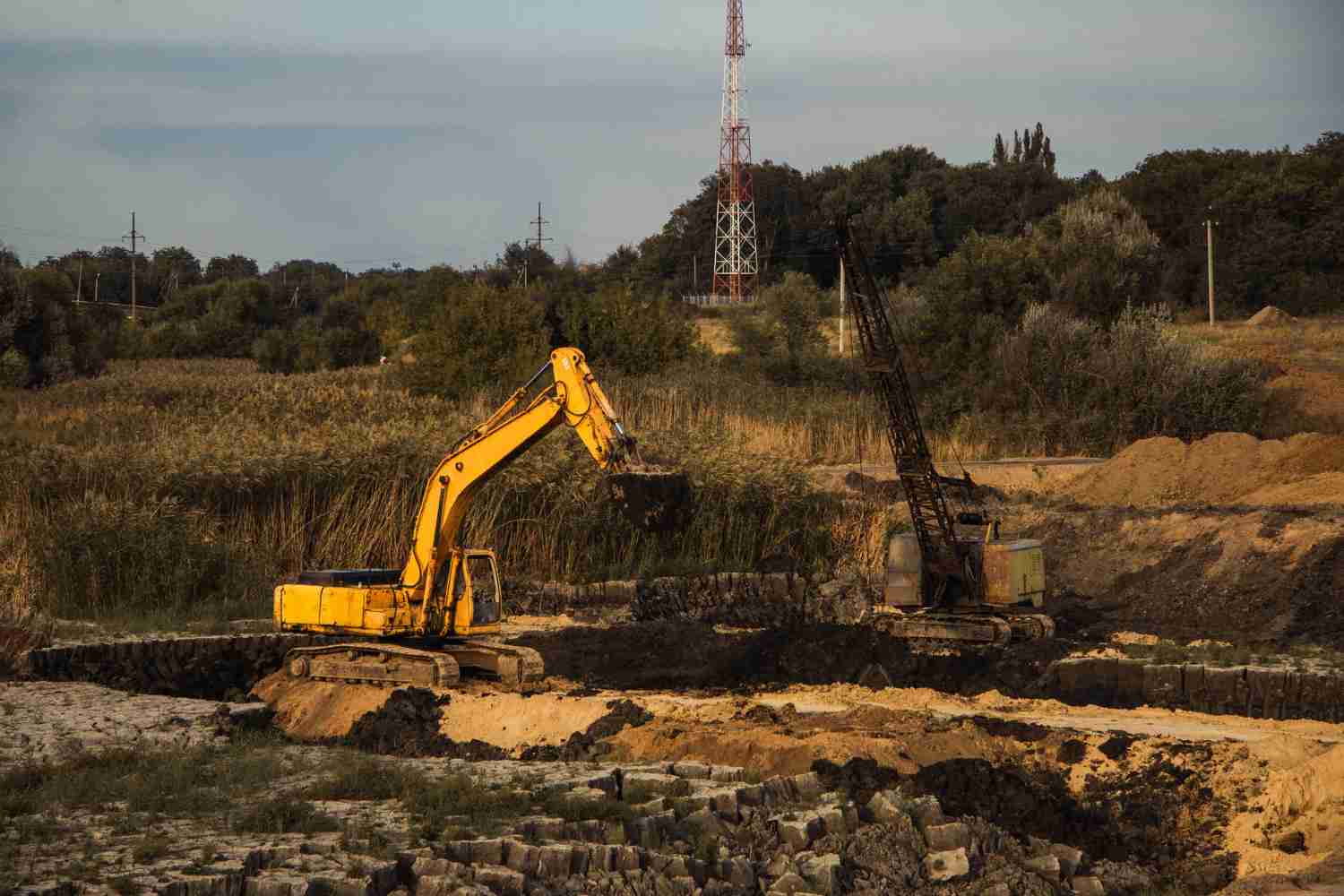What is Structural Damage?
Structural damage is defined as any deterioration in a building’s structural components, such as supporting beams, roof, foundation, and walls. These elements are critical for the structure’s stability and integrity. Weakening of these components can lead to many issues, including wall fractures, cracks and serious risks like building collapse.
Common Structural Damage Causes
Many elements contribute to structural damage; some common causes are the following:
Subsidence
It is the slow settling or sinking of a structure’s foundation and is usually caused by groundwater movement, soil compaction, or subsurface water removal. The sinking of the building can cause gaps between the ceiling and walls, wall fractures, and uneven floors.
Water Leaks
Water leaks can erode a building’s structural components over time. Water can enter the supporting beams, walls, and foundations, leading to their corrosion or rotting. This can result in structural failure and, in extreme situations, structure collapse.
Tree Roots
These can grow into a building’s foundation, which may lead to deterioration or cracks. Furthermore, trees can take a lot of water from the soil, causing it to dry up and shrink, which may cause subsidence.
Signs of Structural Damage to a House
Poorly Working Windows and Doors
The possible signs of structural damage include windows that become caught in their frames and doors that are hard to open or close. This can happen for a variety of reasons, including when the ground beneath the building’s foundation begins to shift. Solving this issue requires you to re-stump a few parts of the foundation or the entire foundation.
When buildings are built on clay soils or concrete slabs and clay soils, the slab heave may occur. Typically, this occurs when moisture beneath the slabs causes the earth to expand, elevating the slabs.
Rotting Wood
Although wood can last for a very long time, this can only happen when it is not subjected to the conditions that allow fungus development and growth. Fungus, often known as rot, thrives in environments with nutrients and high moisture and leads to timber deterioration.

Damp Subfloors
Damp subfloors are associated with wood rot. When the subfloor doesn’t have appropriate ventilation, the evaporation of the moisture is hindered, leading to mould and humidity growth. This will eventually result in timber rots, which will be obvious as surface stains or other symptoms of degradation.
Uneven Ground
Although obvious, structural deterioration may or may not be the cause of this problem. Uneven flooring can be caused by sinking and improper construction of the foundation, insufficient subfloor stability, and joist cracks.
Sagging and Bouncy Floor
Does your floor feel springy when you walk on it? If this is the case, there must be a problem with your floor’s support. The floors that are in good condition should feel firm underfoot.
The bouncy or springy floor issues could indicate that one or more of the floor joists have deteriorated or been affected by termites. It could also be an indication of soil settling, faulty beams, or moisture in the crawl space. It is advised you should contact a professional foundation repair company to investigate the situation.
Wall and Ceiling Cracks
Not every crack in a ceiling or wall signals structural problems, but you should keep an eye out for them. Small cracks can grow into something more serious over time. Large cracks over the entrance in a step pattern or cracks with a sinking ceiling indicate a more serious condition.
Soil Separation from House Walls
Soil contracts and expands with the changing seasons. If you detect soil sliding away from the house, particularly from the deck, porch, and patio areas, it may indicate that the foundation was not correctly placed.
Chimney Cracks
The cracks in the bricks or mortars can easily be detected from the outside of your property. Cracks in your chimney, like cracks in other exterior walls, indicate that your home is putting too much pressure on the bricks.
Roof Sagging and Leaks
Your roof may not develop any sagging or uneven roof lines if it is in good condition and hasn’t reached the end of its life cycle. However, many factors can harm your roof structure, such as:
- Weather-related damage
- Insufficient maintenance
- The movement of a timber frame
- Termite destruction
- Removal of load-bearing walls
- Incorrect framing/sizing of timber

